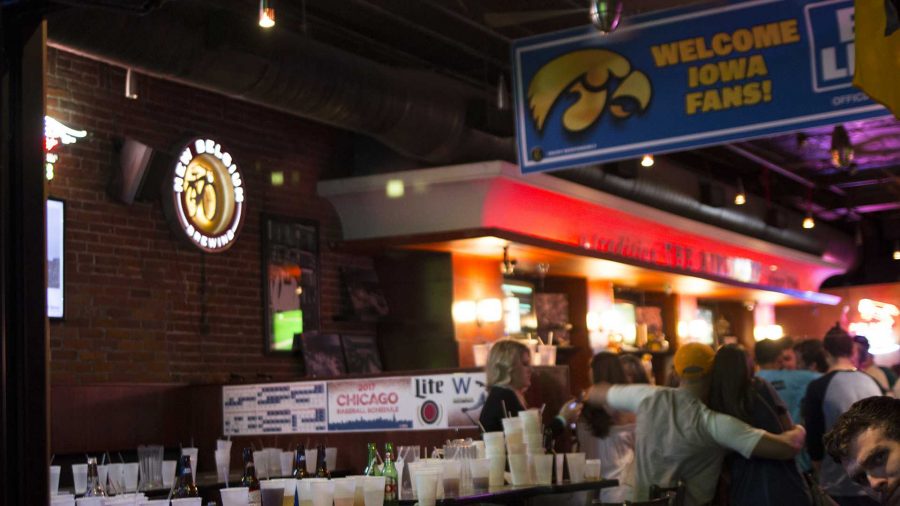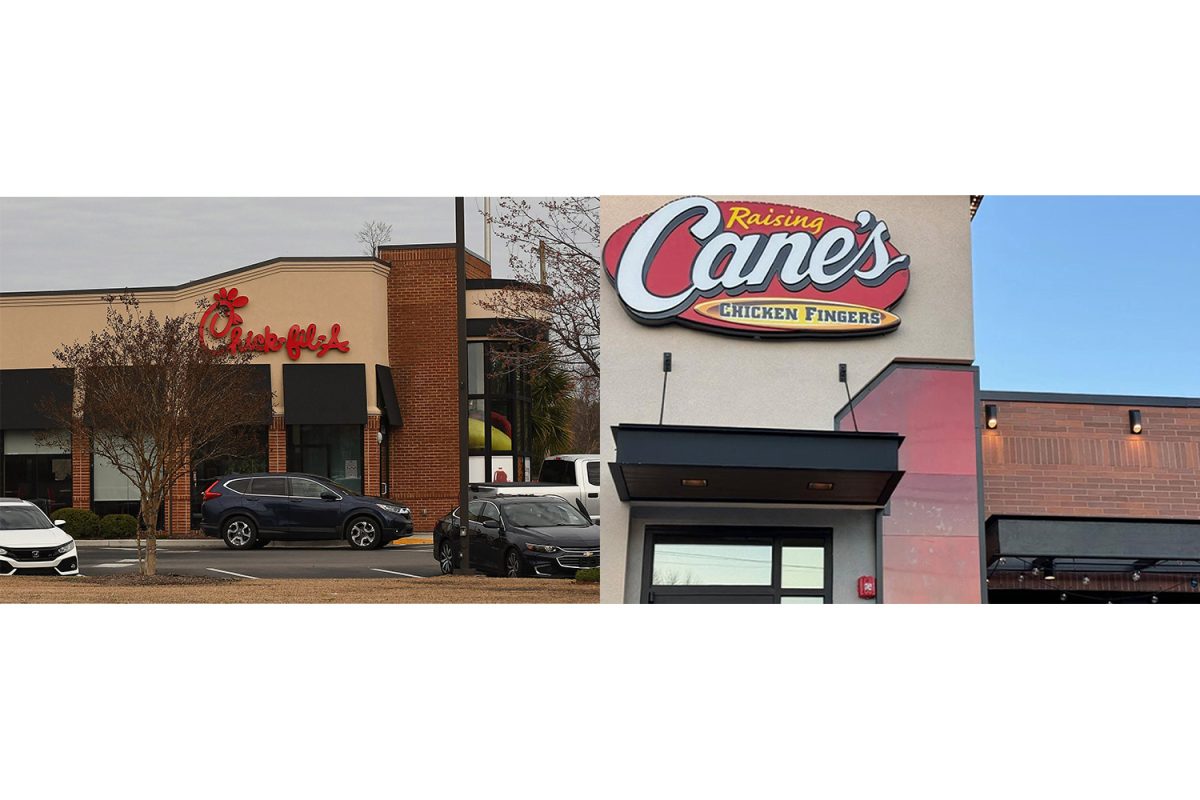By Lucee Laursen
The 21-ordinance, unique to Iowa City, passed the City Council in 2007; it restricts persons under 21 from being in the bars past 10 p.m. Electric lights, bumping music, and good times can be heard by all walking in the Pedestrian Mall almost every night. Everyone is welcome to join in the fun, until 10 p.m. Then, those who are not of drinking age are expected to quickly and calmly exit the premises. No more fun for you, right?
Wrong. Those under 21 have found loopholes allowing them to stay in the bars at their own risk. The 21-ordinance has failed to reduce underage and binge-drinking norms.
RELATED: SHOUT has success in increasing downtown safety
Fake IDs, back doors left open, and lax security are all things that 18- to 20-year-olds notice and take advantage of. But what they are neglecting to consider when entering a bar past 10 are the consequences. Individual bars are not held liable for having underage attendees on their premises. The individual person is held liable and is supposed to receive a citation for being in the bars past 10 p.m.
However, when people are found to be consuming alcohol after 10 in a bar, they only receive a PAULA (possession of alcohol under legal age) ticket. There are cases in which people receive both a PAULA and a citation for presence on premises after hours. If underage people drinking in a bar after 10 are only going to be served with a PAULA, there was no point to adding the 21-ordinance in the first place.
Downtown bars have little incentive to stop underage persons from entering their establishments. A business’ incentive is to make a profit; the more people who enter the bar, the more drinks that will be sold, and the more profit that will be made. Last year, the Iowa City police sent underage people downtown to test just how easy it is to be served underage. Cactus, the Summit, and Pints are three among the seven establishments that failed the sting operation. Serving alcohol to a person under 21 is a simple misdemeanor and is punishable by a $500 ticket.
RELATED: City eases ordinance on open-container
The city ordinance was originally enacted to cut down on the area’s binge drinking culture. It was expected that more disorderly house citations would be given out, because fewer people would be at the bars past 10, but fewer PAULAs would be handed out. These predictions were correct.
However, the city ordinance did not solve the problem it set out to. The number of public-intox tickets given out per month has not changed since the ordinance. Every weekend, 20- and 21-year-olds alike set out to the bars or to their friend’s houses to get drunk.
The 21-ordinance only adds to the fear some have when going out. But clearly, many people are still willing to face that fear for a drink of the sweet elixir we call alcohol. The 21-ordinance is one more last-ditch attempt to solve the city’s binge-drinking problem. It is clear that it is not working. Threatening those who are already prepared to risk getting citations with another ticket is not effective in stopping youth from drinking before they legally can.









